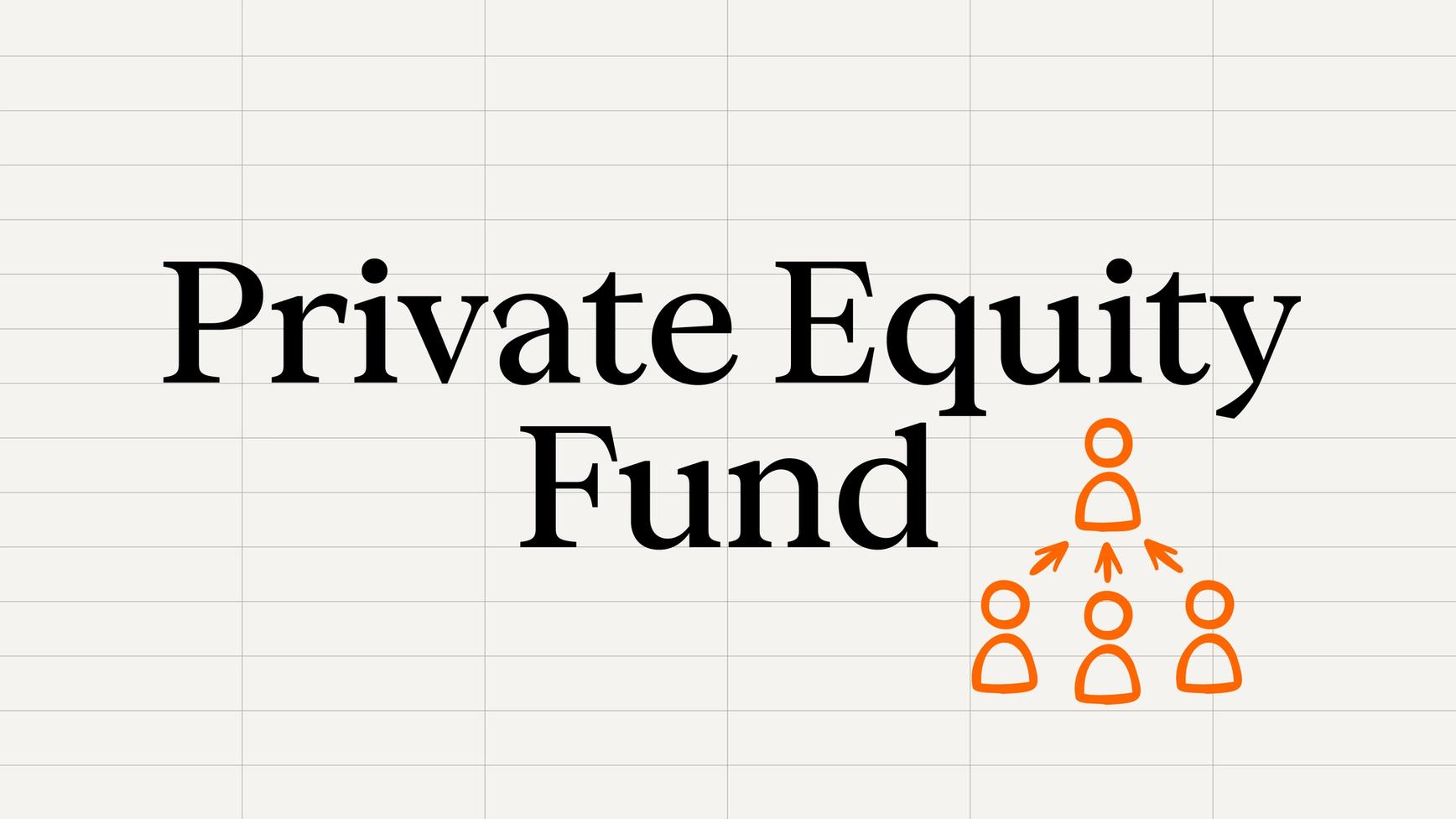What are Limited Partners?


Limited Partners (LPs) are the main providers of capital in private equity (PE) funds. This guide explores who LPs are, their motivations for investing in PE funds and their evolving role in the PE ecosystem.
- Limited Partners (LPs) are the bedrock of private equity, providing the bulk of the capital that drives investment. Institutional investors, high-net-worth individuals, and sovereign wealth funds make up the majority of LPs investing in private equity.
Private equity (PE) has become one of the dominant forces operating in private markets today. Of the US$24.4 trillion now in private market assets, PE accounts for US$5.3 trillion, or roughly 22%. While PE firms like EQT and others manage these investments, the capital that fuels them largely comes from what are known as Limited Partners (LPs).
Despite their traditional behind-the-scenes role as providers of capital and minimal involvement in the fund’s management, LPs are stepping into the spotlight as their influence grows. As private equity tries to navigate increasingly complex global markets, LPs are going beyond financial backing to offering strategic insight.
From the perspective of the PE industry, forging stronger relationships with LPs is taking on greater importance, as is attracting a more diverse range of investors. The financial institutions, wealth funds, and high-net-worth individuals that make up the pool of typical LPs continue to see PE as a way of accessing exclusive investments, possibly with a higher risk-reward ratio.
As the role of the LP continues to evolve, this article dives into some of the key questions surrounding one of the major players in the PE ecosystem.
What are the types of Limited Partners in private equity?
There are several kinds of Limited Partner in private equity, but before diving into the details it is worth setting out where the term comes from. A PE fund is typically set up as a limited partnership, a common investment structure that sets out the roles, responsibilities, and liabilities of all those involved. In a limited partnership, there are two main partners:
- The Limited Partners (LPs) are the investors who provide most of the capital in the fund. ‘Limited’ refers to the fact they have ‘limited liability’, meaning they can only lose up to the amount they invested.
- The General Partner (GPs) has full liability and decision rights over the fund.
Roles and responsibilities can vary between structures, but usually, Limited Partners are the main providers of capital in private equity and come from different backgrounds and sectors. Three types of LP currently dominate the landscape:
Institutional Investors
Institutional LPs are some of the largest and most consistent investors in PE. As a group they are made up of pension funds, endowments (organisations with pools of capital to invest, like universities), and insurance companies. While diverse, they are drawn to PE for its history of delivering returns that can sometimes exceed traditional investments like public equities.
High-Net-Worth Individuals
Institutional investors may dominate the PE landscape, but high-net-worth individuals (HNWIs) are taking up a greater role in the sector and are expected to have $1.2tn in PE funds by 2025. These investors are often looking to diversify their personal portfolios with alternative investments like private equity. Compared to institutional investors, HNWIs may have smaller allocations, but they are increasingly using family offices to pool their resources and gain exposure to high-potential PE funds, a trend that looks set to continue.
Sovereign Wealth Funds
Funds set up and controlled by governments, known as sovereign wealth funds (SWFs), are some of the most influential LPs in private equity – and they are growing in importance. These funds focus on long-term returns that align with their national financial goals, typically adopt and a global presence and often commit enormous sums of capital to PE funds. It is estimated that SWFs manage over $8tn.
Why do LPs invest in private equity?
LPs typically invest in private equity with three main goals in mind: achieving high returns on investment (ROI), ensuring stability in their portfolios through diversification, and generating long-term wealth.
ROI
LPs are primarily driven by the goal of generating strong returns on investment. PE funds are attractive to LPs for their strong potential to grow capital and, historically, they have outperformed public markets. While 2023 saw less compelling returns than usual, PE may continue to appeal to LPs focused on maximising ROI in the long term.
Diversification
Although their primary goal is maximising returns, LPs are often drawn to private equity because it allows them to diversify their portfolios across different industries, geographies, and assets. For example, investing in PE gives LPs access to alternative asset classes, such as private companies, that are not as exposed to shifts in public market conditions. Diversification of this kind could potentially mitigate risk by hedging against a downturn in one sector, to help reduce impact across an LP’s portfolio.
Long-term capital growth
PE’s investment horizons are another major appeal for LPs. PE funds typically have a lifespan of about 10 years. This allows LPs to invest with a focus on sustained capital growth rather than short-term gains. This longer horizon syncs with LPs’ goals of building wealth over decades – and makes PE an attractive option for institutional investors like pension funds and endowments.
LPs are drawn to PE because it may be the most suitable investment strategy when seeking to maximise ROI, maintain diverse portfolios, and achieve long-term positive alpha. These motivations highlight why investing in PE continues to be a preferred strategy for investors, despite the challenges that come with the territory.
What are the challenges and opportunities for LPs in private equity?
Investing in private equity comes with both substantial opportunities and unique challenges for LPs. One of the biggest hurdles is the illiquidity that PE investments typically involve. Holding periods for investments vary depending on the fund, but the average has extended to six years. LPs now need to be prepared to lock up their capital for longer periods, sometimes 10 years or more, with limited options for early exit.
Another challenge is choosing the PE firm to trust with your capital. The success of any PE investment largely depends on the experience, strategy, and track record of the GP managing it. LPs are getting increasingly selective, choosing to spend more time carrying out due diligence on potential fund managers.
Despite the challenges, the potential opportunities for growth and diversification in private equity may be compelling. PE offers LPs access to high-growth industries and companies that are not available through public markets. The historical outperformance of public markets by private equity continues to be a major factor in LP decision making (though of course, past performance is not indicative of future results and all investments carry risk).
Major players with an evolving role
LPs play a crucial role in private equity, providing the capital that drives investments. Motivated by strong returns, diversification, and long-term wealth creation, LPs continue to see private equity as a key part of their portfolios. The ability to achieve these goals has made private equity a core part of the investment strategies for institutions like pension funds, endowments, and sovereign wealth funds. As LPs take on a more active role, their influence will continue to shape the future of private equity, strengthening the partnership between LPs and GPs.
ThinQ by EQT: A publication where private markets meet open minds. Join the conversation – [email protected]






